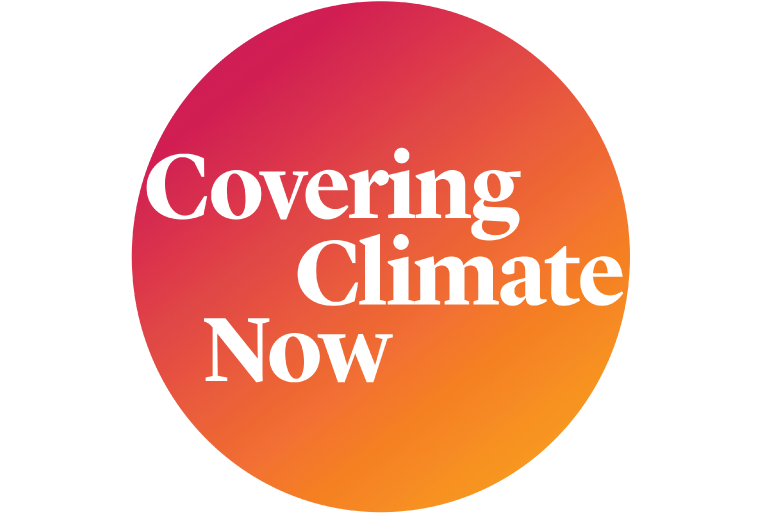Imagine a wildfire was bearing down on your community. Smoke was darkening the sun; flames were hopping from one canyon to the next. The local fire expert, who had been warning of this moment for years, said the time had come to evacuate. Right now.
But the local newsroom wasn’t so sure. Wouldn’t businesses suffer if residents fled? Surely there were people who thought the crisis would pass. Why don’t we all stay put?
That would be an absurd journalistic reaction, of course. And yet, it is still happening every day in too many newsrooms in the US and around the world.
The planet is burning. It’s time for journalism to recognize that the climate emergency is here—and to emphasize that this is a statement of science, not of politics.
Thousands of scientists—including James Hansen, the former NASA scientist whose 1988 US congressional testimony put the problem on the public agenda, and Sir David King and Hans Schellnhuber, former science advisers to the British and German governments have said humanity faces a “climate emergency.”
Why “emergency” rather than “problem” or “crisis”? Because words matter. To preserve a livable planet, scientists say, humanity must take far-reaching action immediately. Failing to slash the amount of carbon dioxide in the atmosphere will make the extraordinary heat, storms, wildfires, and ice melt of 2020 a routine occurrence and could “render a significant portion of the Earth uninhabitable,” warned Scientific American.
Journalists happen to be good at covering emergencies. Those of us who have been in newsrooms when crisis strikes are awed by the speed, creativity, and courage poured into the coverage. Yet when it comes to the climate story, those journalistic instincts have not kicked in. Too many newsrooms still cover the climate emergency like a local school board meeting. Instead of the necessary adrenaline, there is a plodding sense of obligation.
Journalists must now do what we do best: swing into action and tell the truth, as best we can, so people can know and respond accordingly.
This starts with calling the situation what it is—a climate emergency—but we also need a realignment of newsroom resources, shifting people and budgets from other subjects onto the climate story. We need to recognize that climate change is a story for every beat, not something to silo on the weather or science desk. We need tough-minded coverage of solutions, scrutinizing which reforms in government, business, and individual behavior can and cannot deliver us from catastrophe.
Journalism’s strong coverage of covid-19 is a useful model. Guided by science, journalists described the pandemic as a public health emergency and informed their audiences about wearing masks, social distancing, and vaccines to counter the threat. Virus disinformation was ignored or called out. This required changing newsrooms’ mentalities and reallocating resources, elevating a story that had become one of the most important in our lifetimes. It would have been professional malfeasance to do anything less.
Now let’s see the same commitment to covering the climate emergency. As a first step, Covering Climate Now, a global consortium of more than 400 news outlets, has organized the release of a Climate Emergency Statement by a group of leading news organizations, including Scientific American, The Guardian, The Nation, Noticias Telemundo, La Repubblica, Asahi Shimbun, Al Jazeera, and CJR, among others.
The release launches Covering Climate Now’s next surge of coverage, from April 12 through Earth Day on April 22, on the theme “Living Through The Climate Emergency.” CCNow partners, including CBS News, NBC News, PBS NewsHour, Reuters, Bloomberg, Agence France Presse, VICE World Media, NowThis, HuffPost, Teen Vogue, Rolling Stone, Inside Climate News, and public radio stations WNYC, WBUR, KQED, KPCC, and many more will run human-centered stories on both meanings of “living through”: how people are experiencing the climate emergency, and how all of us can survive it.
We invite journalistic colleagues everywhere to join us. The story deserves nothing less.
RELATED: Journalism should reflect what science says—the climate emergency is here
This article is part of Covering Climate Now, a consortium of news outlets strengthening coverage of the climate story.




